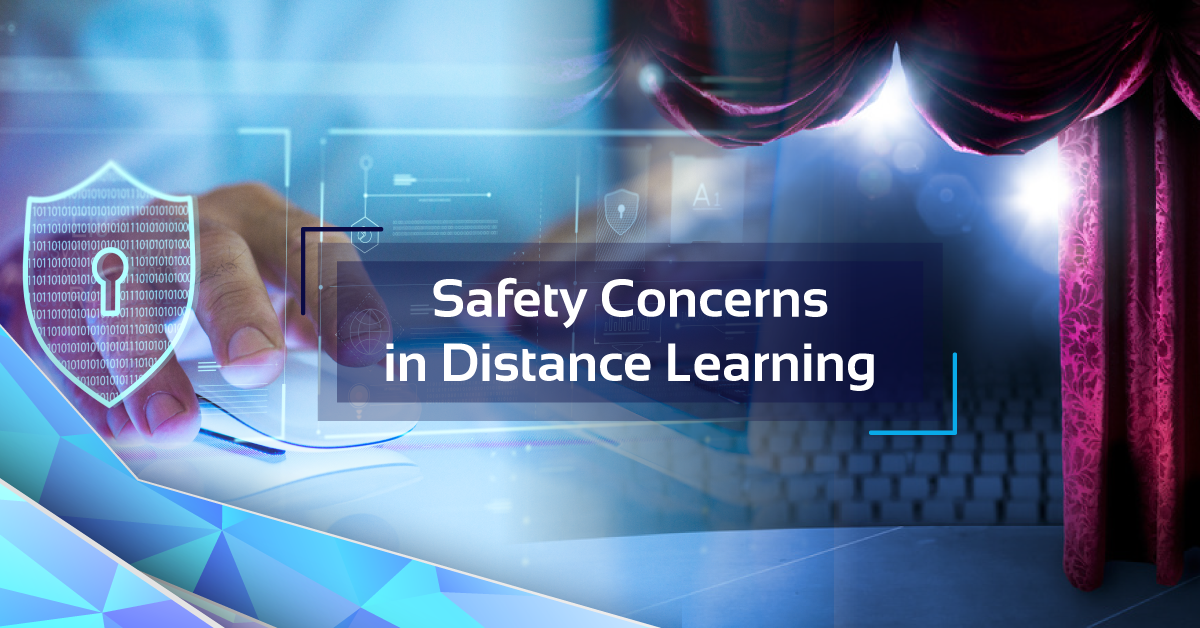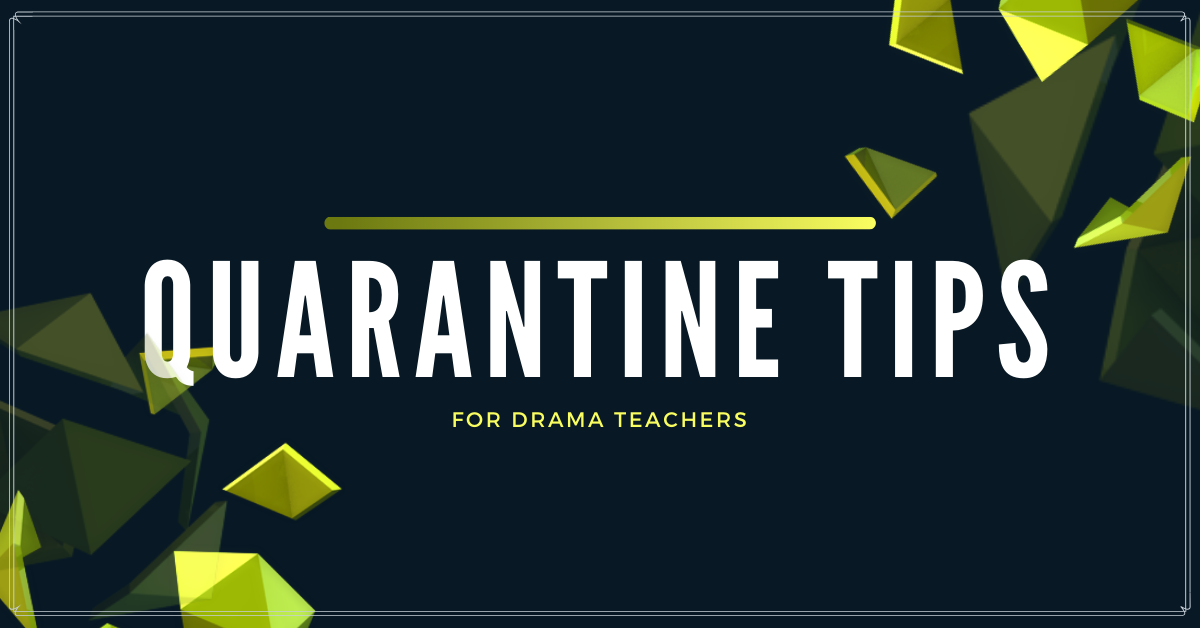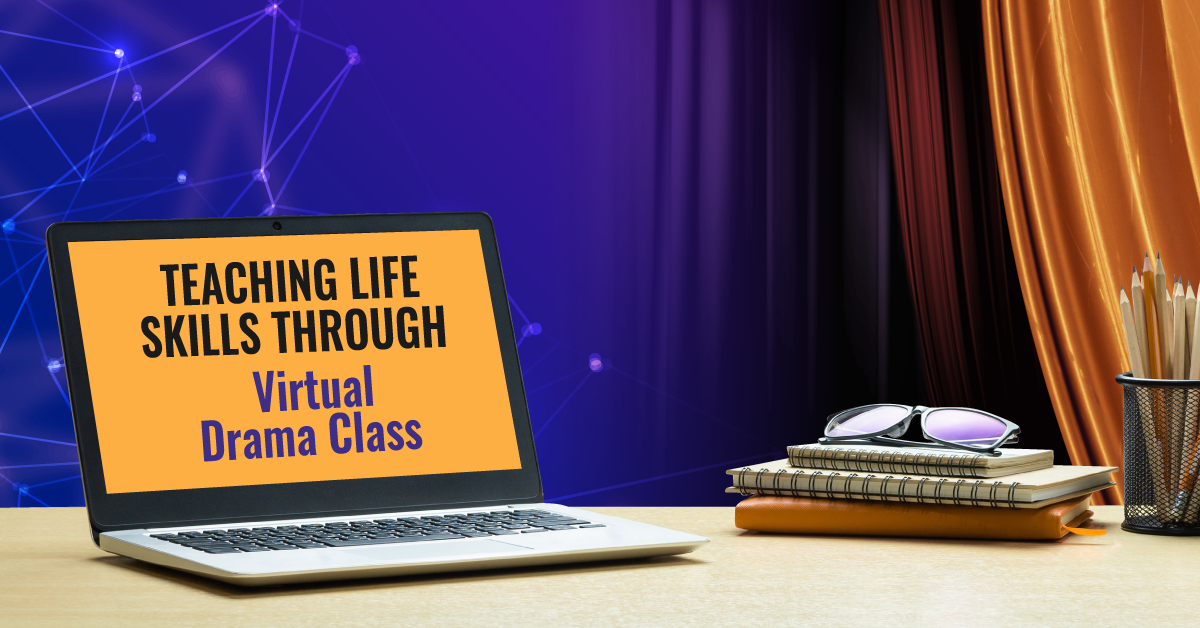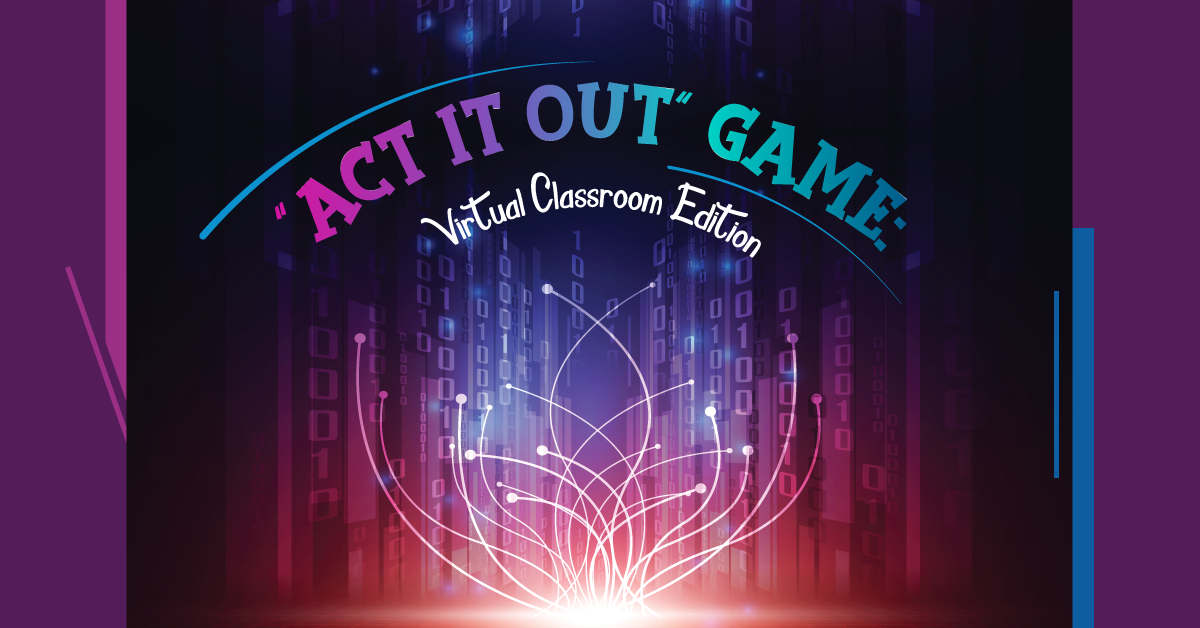The Dread Pirate Sadie: All the pirates, sword fights, and unforgettable characters - now in a competition-length version!
Safety Concerns in Distance Learning
Our world has become increasingly dependent on digital means to work, play, and learn, and school is no exception. More and more students are participating in distance learning for their classes. This comes not only with new ways of approaching teaching, testing, and creating experiences for students, but also with new safety concerns for students and teachers. Let’s look at three different safety concerns in distance learning.
Privacy
A big safety concern in distance learning is privacy. When students attend school, there is a natural separation between school life and home life. Distance learning using video conferencing programs blurs those lines. Unless participants have a dedicated space for online learning or use a digital background, others are going to see some of their surroundings. It can feel awkward and invasive for both students and teachers to have part of their residence visible during class.
It can be particularly difficult for students who are dealing with personal concerns such as an unstable family situation, poverty, or homelessness to have their living situations visible to others. It’s easy to say something like “pin up a sheet on the wall to cover your personal items!” when you have your own walls to pin things on, and an extra sheet that’s not being currently used. Students and teachers alike may worry that their home has distinguishing features that will allow people to find out where they live. They may worry about footage from class leaking and someone being able to find it online. They may also feel embarrassed about their living situation and worry that they are leaving themselves open to teasing, judgment, or bullying.
Bullying Behaviour
Bullying behaviour unfortunately still exists, and this has not changed during the transition to online learning. There have been reports of students using a second device (usually their smartphone) to record videos or take photos of teachers and peers during virtual classes and posting the footage online, often freeze-framing unflattering images or adding negative comments. It can be hard to track down the original source of the recording (the bully might have had their video screen closed so others couldn’t see them recording, and then posted it with an anonymous social media account, like Snapchat, TikTok, or an Instagram “spam” account) and other students might feel scared to report the culprit. Students might worry that they will get teased or bullied for their living situation, embarrassing incidents that may occur in the background, or possessions or décor that may have been cool in younger grades but not in high school.
They may also be afraid to participate in class projects for fear of saying something “wrong” or because they think someone will record them and post it online. In drama class, teachers give students the opportunity to let loose and be silly, experiment with different acting styles, voices, facial expressions, and body language, take risks, fail, and try again. However, there is a big difference between taking risks in the physical drama classroom, where everyone is visible and on equal footing, and taking risks during a virtual class, where you can’t immediately see what students are doing.
Mental Health Concerns
A third safety concern in distance learning is dealing with mental health. Teachers and students alike are frequently feeling burnt out, stressed, overwhelmed, fatigued, foggy, or unable to focus. As mentioned above, they may be worried about privacy or bullying issues, or a myriad of other concerns (parental job loss, not being able to see their family or friends, getting sick, not knowing when the pandemic will be over, not being able to keep up with the pace of online learning, etc.). It’s a lot to deal with mentally, and it’s exhausting.
These issues compound on each other. Students might worry about other students seeing their homes, so they keep their cameras off, which results in teachers trying to teach to a bunch of black screens, and having to work that much harder to ensure that their students are learning, participating, or even just attending (raise your hand if you’ve had a student simply vanish during a virtual class!). Then, since students don’t have the immediate pressure of someone having their eyes on them in class, they may goof off, get distracted, or leave the room, which results in the students missing out on information and falling behind. Then it takes more time and effort for the teacher to re-teach the material and deal with poor homework and projects, if they’re submitted at all. All of this can create a vicious circle of frustration and stress!
Unfortunately there are no easy or one-size-fits-all solutions to any of these concerns. We are all doing the best we can with the information and technology available to us, with the best effort we can muster from day to day. When dealing with difficult situations that concern a student’s virtual safety, it’s necessary to approach each situation individually, while still protecting your own personal safety and mental health. Reach out to your school’s administration and your colleagues for assistance and support as needed. Included below is a reflection with various scenarios concerning student safety. Read them over and consider how you might respond to the different situations.
As well, check out the following articles for some additional tips and ideas on the topic of virtual boundaries and self-care:
- Separating School Life and Home Life
- Coping with Social Distancing for Students and Teachers
- Addressing Distance Learning Concerns
- Drama Teacher Self-Care
- For students who can’t/won’t turn on their cameras: No See Scenes



